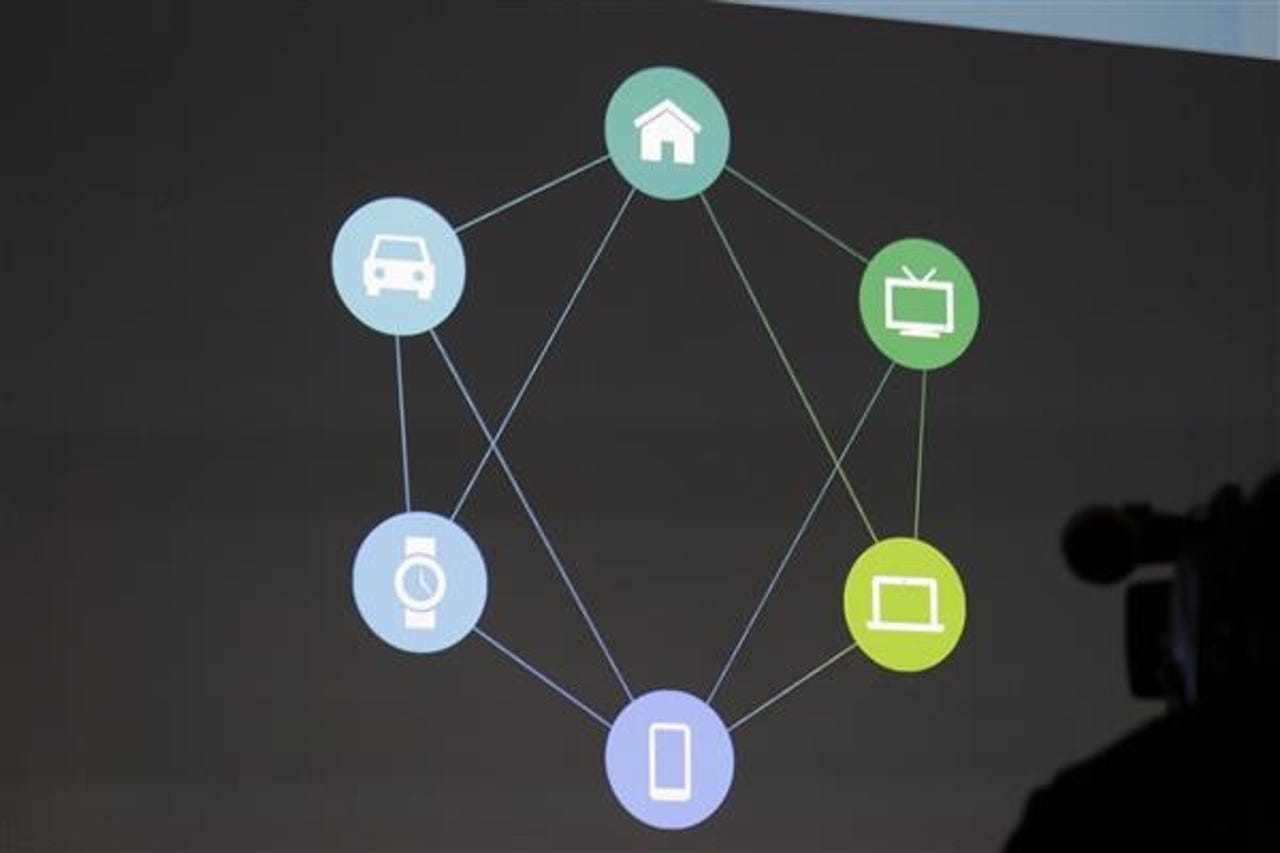Google's new Android-connected world just made updates far more important

Google unveiled sweeping plans for its software at the Google I/O conference underway in San Francisco. Details were previewed about the upcoming version of its mobile platform, Android L. The features and changes in L look impressive, and Google intends to spread it across all aspects of customers’ lives.

More from Google I/O 201
ZDNet’s Rachel King has all the details of Google’s intention to bring Android to the auto, wearables and TV. The goal is for Google to have phones, tablets, laptops, watches and TVs all connected seamlessly and working together to make life better.
This is a lofty goal and the demonstrations given by Google certainly impressed all in attendance and those viewing them on the web. To have different devices automatically recognize the presence of other Android devices and work together to best help the owner is a big deal.
What Google didn’t address in the keynote address was how Android software updates, or more accurately the lack thereof, would impact this interoperation. All of the demonstrations indicated that the next big version of Android, referred to simply as “L”, is the basis for all of this connected operation.
This brings up the ugly subject of Android updates, and how many devices don’t get them in a timely manner if at all. Having all of this new connectivity will likely require Android L, at least at first, and that means only new devices will have it for a good while after it is available.
Android enthusiasts have said for years that it’s not that big a deal for devices to lack the latest version of the OS. That changes if that lack means major features — and seamless device integration qualifies as such — don’t get to many Android customers.
You only have to look at the number of Android device owners that have the current version, KitKat, to understand how big a problem this is going to be. Months after its release, only 13.6 percent of those millions of Android devices being used are running KitKat. If Android L rolls out to customers at the same pace as KitKat, the target market for these new devices intended to work with existing devices will be tiny for a good while.
When the new cars, TVs, and wearables hit the market in the next few months, and they require phones and tablets with Android L to take advantage of the new interoperability, Google’s partners are not going to be happy. It’s hard to launch expensive new gadgets if the market is only a tiny percentage of all Android device owners.
Google will have to roll out the connectivity and integration features of Android L to older versions of the OS to make the market big enough for new devices to work properly with them. Leaving it up to carriers and device OEMs to bring in devices already in customers’ hands will not be feasible for Google, as for the first time there will be financial pressure to get updates rolled out.
Most Android smartphone and tablet owners don't think about the version of Android that is on their device. Many probably couldn't tell you which version they have. Their awareness will get much better when they discover that their shiny new smartwatch or TV doesn't work with their phone as advertised. They will be shocked when their phone, only a few months old, won't be able to work with their new gadget for months, if ever.
It's no longer business as usual for Android updates with Android L and Google’s sweeping new technologies bringing devices together. The company will finally have to do something to make updates happen rapidly once Android L ships.